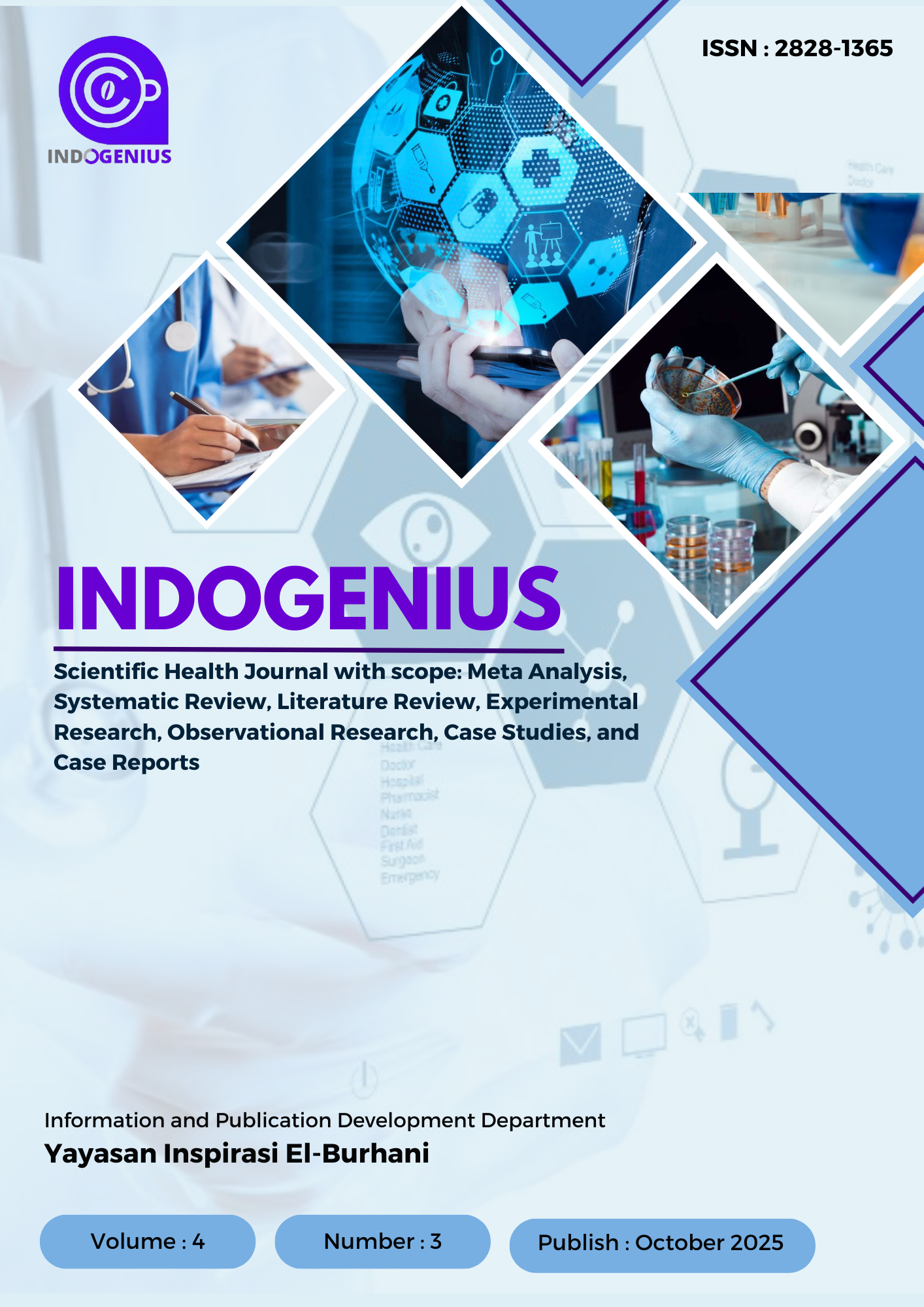Identification of Candida Sp. Fungi in the Urine of Inpatient Surgical Patients Using Catheters at Bendan Regional General Hospital, Pekalongan City
DOI:
https://doi.org/10.56359/igj.v4i3.634Keywords:
Urine Catheter, Candida Sp, Surgical PatientAbstract
Background & Objective: andiduria is an opportunistic fungal infection caused by Candida sp. that indicates contamination, colonization, or infection that can be life-threatening and even fatal. This disease often affects hospitalized patients, especially those with severe underlying conditions. Patients at high risk of Candida sp. infection include those with compromised immune systems, often due to invasive procedures received during treatment. This study aims to determine the presence of Candida sp. in urine samples from surgical inpatients using catheters at Bendan General Hospital in Pekalongan City.
Method: This study is a descriptive study using total sampling with 14 respondents.
Result: Macroskopically, 5 samples tested positive for Candida sp. fungi, characterized by white-yellowish colonies, a slightly acidic odor, yeast-like colony shape, and a moist, convex colony surface. Following this, LPCB staining was performed on the 5 samples that were macroscopically positive for Candida sp. fungi. The positive samples were confirmed through microscopic observation using LPCB staining, showing oval-shaped yeast cells (blastospores) with a predominantly white color and a slight bluish tint.
Conclusion: People who use catheters often forget to maintain hygiene to keep the pH stable, thereby minimizing the excessive growth of Candida sp. fungi. Risk factors that can lead to the presence of Candida sp. in the urine of catheter users, as identified in this study, include the foods and beverages consumed, medications taken, gender, humidity around the catheter area, and the duration of catheter use, all of which can influence the growth of Candida sp. fungi.
Downloads
References
Fiori B, D’inzeo T, Giaquinto A, M.G. (2022) ‘Candida Urinary Tract Infections in the ICU’, Journal of fungi, 8(4):345. Available at: https://doi.org/10.3390/jof8040345.
Indrayati, S., Suraini, S. and Afriani, M. (2018) ‘GAMBARAN JAMUR Candida sp. DALAM URINE PENDERITA DIABETES MELLITUS DI RSUD dr. RASIDIN PADANG’, JURNAL KESEHATAN PERINTIS (Perintis’s Health Journal), 5(1), pp. 46–50. Available at: https://doi.org/10.33653/jkp.v5i1.93.
Mayang, S. (2022) Pengertian Penelitian Deksriptif, Karakter, Ciri-ciri dan Contohnya, https://sevima.com/pengertian-penelitian-deskriptif-karakter-ciri-ciri-dan-contohnya/. Available at: https://sevima.com/pengertian-penelitian-deskriptif-karakter-ciri-ciri-dan-contohnya/.
Sasongkowati, R., Anggraini, A.D. and Putri, D.A. (2022) ‘Deteksi Jamur Candida albicans Pada Urine Penderita Infeksi Saluran Kemih Menggunakan Metode RT-PCR’, the Journal of Muhammadiyah Medical Laboratory Technologist, 5(2), p. 98. Available at: https://doi.org/10.30651/jmlt.v5i2.14409.
Setyaningsih, Y., Zulfa, F. and Nugrohowati, N. (2024) GAMBARAN CANDIDA SP DARI SAMPEL KLINIS PADA RUANG ICU RSPAD GATOT SUBROTO, Seminar Nasional Riset Kedokteran.
Widarti, W. et al. (2023) ‘Deteksi Candiduria Pada Pasien Infeksi Saluran Kemih Yang Menggunakan Kateter Di Rumah Sakit Labuang Baji Makassar’, Jurnal Media Analis Kesehatan, 14(1), p. 10. Available at: https://doi.org/10.32382/mak.v14i1.3259.
Downloads
Published
How to Cite
Issue
Section
License
Copyright (c) 2025 Jingga Aulia Nada, Agus Riyanto

This work is licensed under a Creative Commons Attribution 4.0 International License.

















